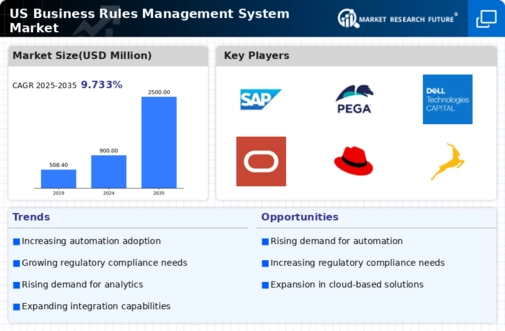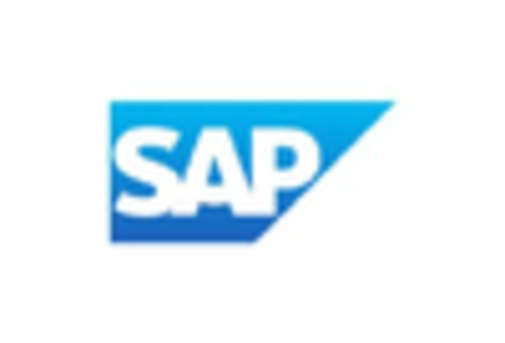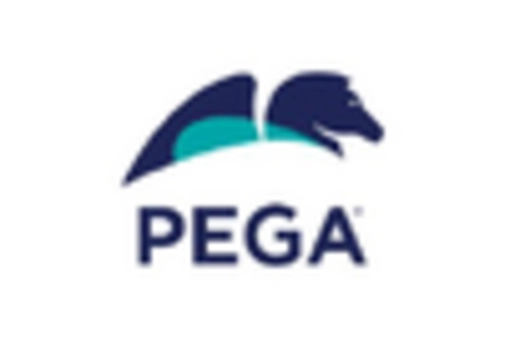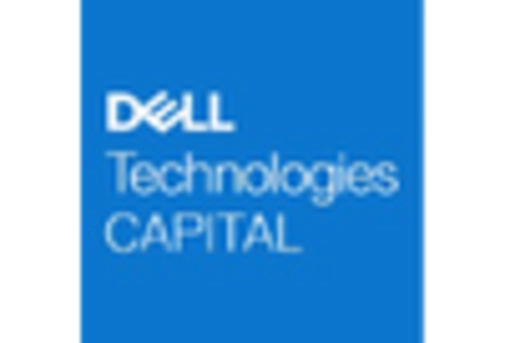The US Business Rules Management System Market is characterized by a dynamic interplay of innovation, technology advancement, and competitive positioning, with key players striving for differentiation through enhanced product offerings and superior service. This market has gained traction due to the growing need for businesses to streamline operations and ensure compliance with evolving regulations. Organizations are increasingly seeking agile systems to automate decisions and facilitate quicker responsiveness to changing market conditions. Companies within this space are leveraging emerging technologies such as artificial intelligence and machine learning to improve rule management processes, thus creating a competitive edge over traditional solutions.
As a result, partnerships, collaborations, and acquisitions are prevalent strategies adopted by firms aiming to enhance their market share and expand their technological capabilities.SAP maintains a robust presence in the US Business Rules Management System Market, renowned for its comprehensive suite of integrated solutions designed to support the seamless integration of business rules throughout various operational processes. SAP's strengths lie in its extensive customer base across diverse industries, which allows the company to gather valuable insights and continuously evolve its offerings. The company's capacity for scalability and adaptability to the unique needs of large enterprises enhances its competitive positioning.
Additionally, SAP's emphasis on user-friendly interfaces and extensive support ensures a smooth user experience, facilitating quicker adoption among organizations seeking efficient rule management. Through continuous investment in research and development, SAP remains at the forefront of technological innovation, empowering businesses to leverage data-driven decision-making and agility in their operational processes.FICO also plays a significant role in the US Business Rules Management System Market, recognized for its analytical capabilities and a variety of solutions that address complex decision management needs. FICO's strengths encompass a diverse array of products and services, including advanced analytics, decision management frameworks, and risk management tools.
The company is especially known for its credit scoring systems and fraud detection capabilities, which have carved a niche in the financial services sector. FICO's emphasis on fostering strategic partnerships and frequent investments in mergers and acquisitions augment its market presence, allowing it to expand its service offerings and enhance its technological capabilities. By focusing on innovation and customer-centric solutions, FICO addresses the dynamic demands of businesses looking to optimize their decision-making processes, ensuring its sustained relevance and competitiveness in the evolving market landscape.























Leave a Comment